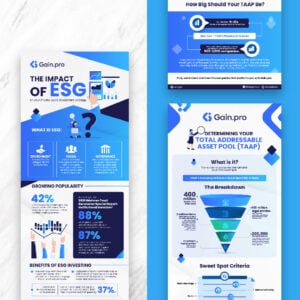
When it comes to business, having a solid marketing strategy and development plan is crucial for success. Marketing strategy involves detailed planning and executing campaigns to connect with your target audience, while development focuses on continuously enhancing these strategies to keep up with market changes and consumer behavior.
A strong marketing strategy is essential for businesses to effectively reach and engage their target audience, driving growth and profitability. Development of this strategy involves continuous refinement and adaptation to meet evolving market demands and consumer preferences.
Understanding Marketing Strategy
At its core, marketing strategy is all about understanding your market, setting clear goals, and creating a plan to achieve them. It includes figuring out your value proposition, positioning, and choosing the right marketing mix (product, price, place, promotion).
To build a successful marketing strategy, start with thorough market research. This helps you understand consumer needs, preferences, and behaviors. With these insights, you can segment your audience and tailor your marketing efforts for maximum impact.
Key Elements of Marketing Strategy and Development
- Market Research and Analysis: Dive deep into your market, analyze competitors, spot trends, and understand customer needs.
- Target Audience Identification: Pinpoint the specific groups of consumers who are most likely to buy your product or service.
- Value Proposition: Define what makes your business unique and why customers should choose you over competitors.
- Marketing Mix: Develop the perfect blend of product features, pricing strategy, distribution channels, and promotional tactics.
- Goal Setting and Measurement: Set clear, measurable goals and track your progress with key performance indicators (KPIs).
The Role of Development in Marketing Strategy

Marketing strategy and development is an ongoing process of refining and improving your approach. This means staying updated with market trends, technological advancements, and shifts in consumer behavior. Be ready to pivot your strategies to stay relevant and competitive.
Regular performance analysis and feedback are key to strategy development. This helps ensure your marketing efforts are aligned with market demands and optimized for success. Use data analytics and customer feedback to make informed decisions and enhance your strategies.
Steps to Effective Strategy Development
- Continuous Learning: Stay informed about industry trends, emerging technologies, and changes in consumer preferences.
- Feedback Integration: Regularly collect and analyze customer feedback to find areas for improvement.
- Performance Monitoring: Use analytics tools to track your campaign success and adjust strategies as needed.
- Flexibility and Adaptation: Be ready to make quick changes in response to market conditions or new opportunities.
Conclusion
Creating a strong marketing strategy and continuously developing it are vital for business success. By understanding the market, identifying the right audience, and refining your approach, you can create compelling marketing campaigns that drive growth and build lasting customer relationships.
In summary, a strong marketing strategy is essential for businesses to effectively reach and engage their target audience, driving growth and profitability. Development of this strategy involves continuous refinement and adaptation to meet evolving market demands and consumer preferences. Embrace this dynamic approach to stay competitive and succeed in an ever-changing marketplace.
About the author

Brianna Johnson
Brianna is a professional writer of 10+ years who specializes in branding, marketing, and technology content.























